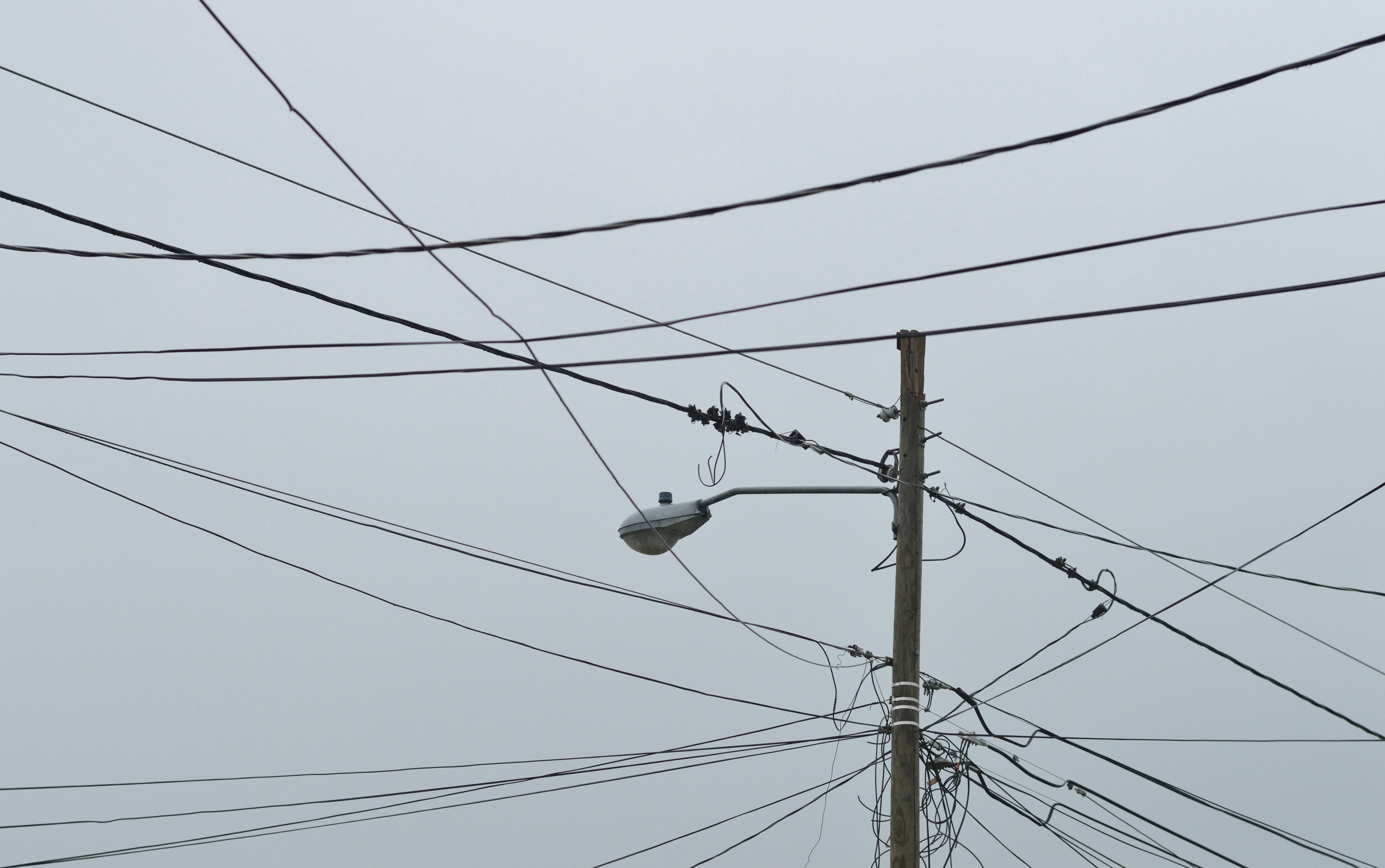The utility business model is struggling to meet the increasing needs of policymakers and clients. As new political leaders set new energy targets, these expectations continue to grow, since they have the power to change utilities and fulfill unfulfilled expectations.
The traditional utility business model has been largely effective in providing affordability, security, and efficiency. New public policy goals and emerging developments; however, are driving up the need for reform of the utility business model.
The century-old utility business model is gradually evolving and adapting to meet the 21st century's utility needs and preferences. Read on to learn more about the evolving utility business model here.

The Traditional Utility Business Model
The standard utility business example of selling electricity from large-scale thermal power plants and broadening grids has historically supported strong balance sheets to satisfy the increasing demand.
With this financial power, the principal source of funding for the electricity sector was utility-retained earnings. Utilities function as reliable purchasers of power in several markets, promoting investments by independent power producers.
But, with the expansion of the role of electricity in the global economy, technological innovation opens new opportunities, while governments recognize electricity security and a shift to a more sustainable use of energy, investment decisions are becoming more extensive.
The Evolving Utility Business Model
Utilities are no longer able to rely on captive clients. If technology advances to allow people to reduce reliance on conventional power grids, their energy providers will be abandoned by rising numbers of frustrated clients.
Several new obligations, like environmental performance, resilience, and expanded choice, need to be adapted and responded to by utilities. Also, long-standing roles have grown and become wider.
Environmental Performance
Emissions reductions, economic implementation of distributed energy resources (DERs) and energy conservation initiatives, and versatile grid service to support renewable energy resources, such as wind and solar, are frequently at odds with the conventional utility business model.
This is especially true where fossil fuel power plants are owned and operated by utilities or their holding companies.
Resilience
Due to cybersecurity risks and rising extreme weather, utilities have assumed new client protection burdens. Digitization and data collection, meanwhile, will increase gaps in the power grid.
Utilities must incorporate the right tools, without adding burdensome costs, to protect customers during this multidimensional shift.
Expanded Choice
By giving access to technologies such as local solar, storage, efficiency, demand response, and in-home automation, utilities can reduce bills and improve customer experience.
Normally, on behalf of customers, the current utility business model supports monolithic top-down planning and utility-owned procurement of resources.
Utilities hinder this dynamic because, through investing in large capital projects, they can create more shareholder value, discrediting their motivation to satisfy non-utility consumer preferences.
Also read: Pros And Cons Of Going Into Business With Family
How Is the Traditional Utility Business Model Being Changed?

The goal is for utilities to profit from providing more value to customers than what they are mandated to provide. New grid technologies can generate income or boost cost savings for utilities.
But, regulators should provide a guideline among utilities, customers, and third parties for different types of transactions. Drastically, new utility business models aim to make utilities adaptable enough to offer customers new value-added services, like a business entity.
Options for utility reform support targets to different degrees. It can be called a huge success in the last 100 years of utility regulation; utilities have succeeded in providing safe, efficient, and affordable electricity, but the situation has changed.
The current utility business model will continue to rub up against public policy goals around the country if regulators don’t take on meaningful reform. This will allow utilities to improve their bottom line while fulfilling a clean, inexpensive, and reliable electricity grid.
Conclusion
Compelled by evolving technological policy and economic pressures in the energy sector, pursuing effective and equitable approaches to upgrading the utility business model is crucial to the transformation of the grid to a more safe, clean, and affordable customer-centered system.




















